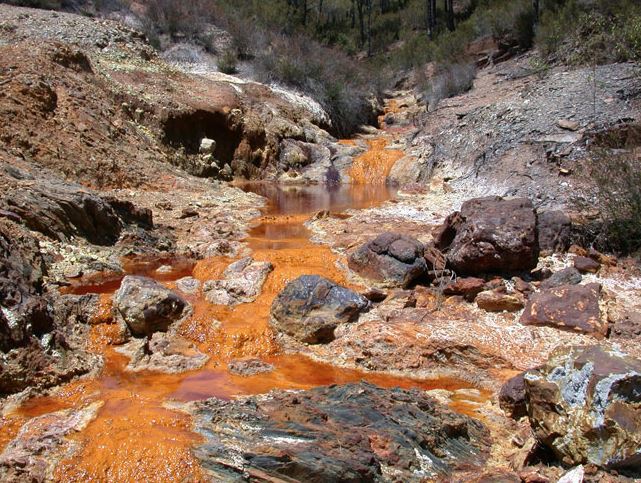Acid Mine Drainage, Contamination and Sediment: What Are Companies Doing To Combat These Issues

When it comes to the processing byproducts of acid mining, a number of different solutions exist to prevent and combat the potential contaminants. Drainage, sediment, and contamination all must be considered and dealt with. Here are some of the most common strategies:

Acid mining spoils happen when water flows over piles of mining spoils that are high in sulfides. The combination of water, bacteria, and sulfides creates sulfuric acid. This acid can carry with it different sediments like heavy metals that offer further risk to fish and wildlife. To prevent or remediate this, strategies include neutralizing the acids, preventing water from reaching the spoils, and preventing bacteria from catalyzing acidic reactions.
Acid can be neutralized quickly by adding lime or other alkaline substances to water or soils to balance the pH. It takes more time to use plants to alkalize acids but this is an effective strategy in soil, wetland, and lake reclamation projects. This can be done by directly treating soils that have been affected in the place where the contamination occurred or by relocating and diluting the affected soils.
Water can be diverted and relocated by creating diversion channels, digging catchment basins, and using pumps. Often, a hydrologist or engineer is hired to analyze potential water flow and the best ways to prevent rain and sheet flow from reaching the mining spoils. Industrial wastewater pumps can work on demand to deal with intermittent problems related to rain or seasonal streams. They can also work nonstop to relocate groundwater or catchment ponds. Vegetation control can also be used to minimized sheet flow of water into mining areas.
Bacteria can be prevented or diverted in a few different ways. Some will try and use antimicrobial substances. Others may try to keep their spoils in an oxygen-free environment as this is one of the ingredients that the bacteria needs to create acids. A third option is to add food that the bacteria would prefer to the sulfites. Bacteria control won’t prevent the formation of acids. However, the presence of bacteria significantly increases the amount of acid formed and therefore is a desirable strategy.
In most cases, mines will employ many of these strategies simultaneously to prevent and control acid drainage and its byproducts. Going into a new mining project with a plan to mitigate for spoils before they happen is the best way to prevent unwanted acid and sediment contamination.
